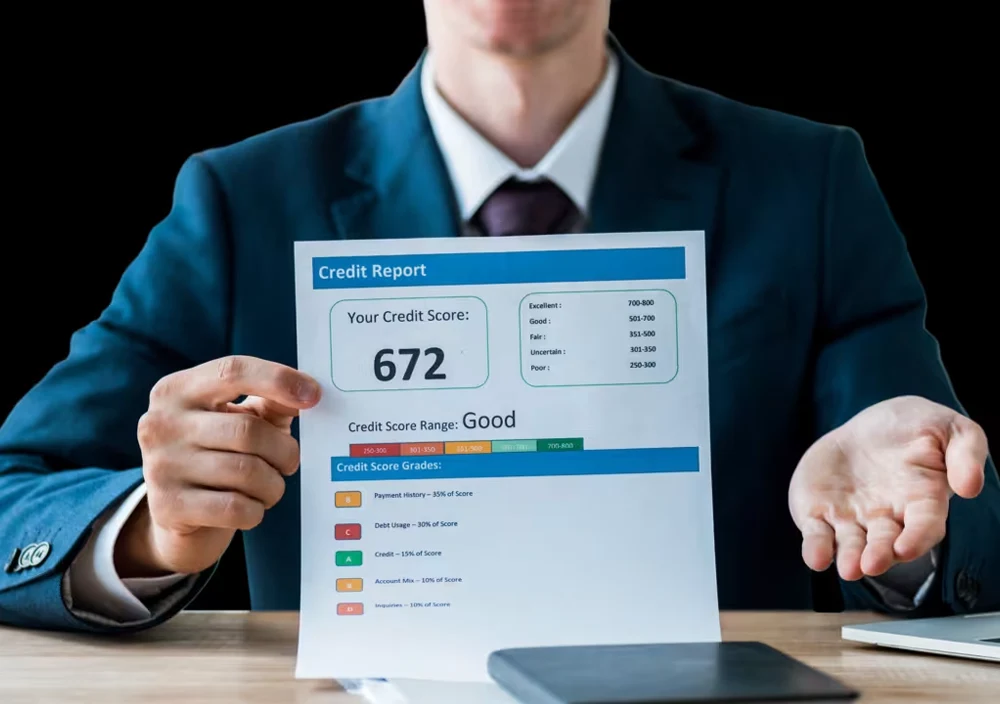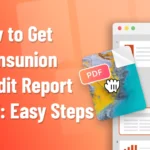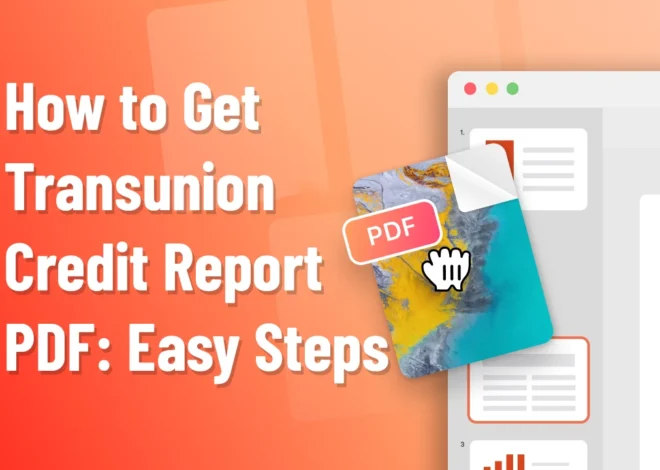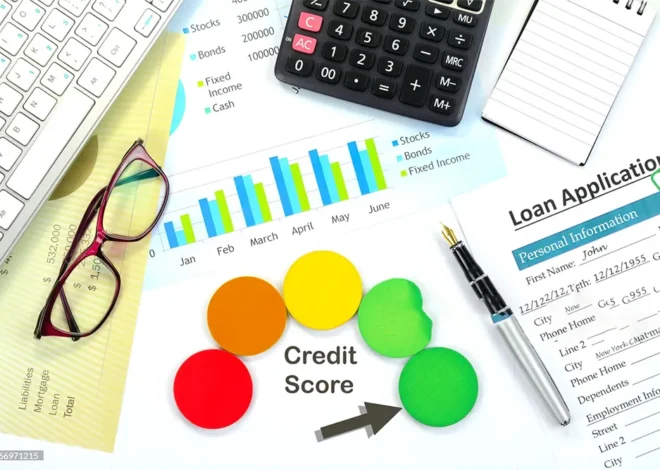
How to Get a Repossession Off Your Credit: Proven Strategies
An incurable preparatory action assumes an annuity of this sort All repossessions will injure the sufferer whether or not they are taken voluntarily, in terms of credit card repayment history and financial opportunities as well as his or her ability to obtain credit for future needs. Overcoming the Enormous Blow to One’s Financial HealthIt’s easy for one soon after his car is repossessed to think of the situation as hopeless. But in fact, there are a variety of steps you can take that will minimize damage and may even remove this crash from your credit report altogether–especially if it turns out not even too late for you financially. In this blog post, we’ll dive into the different strategies on how to get a repossession off your credit, providing you with the tools to rebuild and recover.
What Is Repossession?
A lender repossesses property–such as a car or house–when the recipient has broken their payment promises. Depending on how aggressively it is handled, depending on how aggressively the firm is, es
Two types of repossession
1) Voluntary Repossession: This happens when the borrower agrees to surrender the property to his lender because he is really unable to keep paying.
2) Involuntary Repossession: Here the lender takes back the High Contrary to the earlier claim, This property is without your permits. Some perversions can sometimes happen that make repossession unnecessary- even if they cannot affect its basic injustice.
No matter what type of repossession occurs, it impacts your credit score significantly. Repossessions remain on your credit report for up to seven years, altering how hard it is to qualify for loans, credit cards, and even rental agreements. But there are ways of entirely addressing or erasing that black mark in your report.
The Impact of Repossession on Your Credit
How to get a repossession off your credit isn’t an overnight process, but understanding its impact is the first step toward recovery. Depending on your past credit standing, a repossession can cause it to drop between 100 to 150 points. This makes it harder to obtain credit, secure new loans and even rent an apartment. However, there is still hope for the future.
Although the repossession stays on your credit for seven years, making decisions and taking certain steps will enable to improve your score much before this period has elapsed. It would be best if you moved with speed then carry out what you have planned.
Steps to Remove a Repossession from Your Credit Report
1. Dispute the Repossession
Your first course of action should be to check your credit report for any inaccuracies related to the repossession. You can obtain free copies of your credit report from all three major credit bureaus through AnnualCreditReport.com, the official site for free credit reports. The credit bureaus will have to erase the repossession from your record if those errors are substantiated.
Here’s how to dispute it:
- Obtain a copy of your credit report from all three major bureaus.
- Review the repossession entries for any discrepancies.
- File a dispute with the credit bureaus, either online or through mail, providing supporting documentation that proves the inaccuracy.
- If successful, the credit bureau must remove or correct the repossession record.
This is one of the most straightforward methods, but it requires attention to detail and persistence.
2. Negotiate with the Lender
An alternative method of deleting repossessions from a credit report is to attempt negotiation with the lender. This is sometimes called a “pay-for-delete” agreement. You offer to pay whatever’s left on your loan in exchange for them taking your repossession off of their records. If the lender finds it hard to fill your country loan application into their computer system, why not voice the details instead of writing it?
Here’s how you can approach this:
- Contact the lender and offer to pay off the remaining loan amount, or a portion of it, in exchange for removing the negative entry.
- Put everything in writing. If the lender agrees, ensure the agreement is documented before making any payments.
- Once the balance is paid, follow up to ensure the lender follows through with removing the repossession.
While not all lenders will agree to a pay-for-delete arrangement, some may be willing to work with you, especially if the loan is nearing full repayment.
3. Request a Goodwill Adjustment
If you had a positive payment history before the car was repossessed, or if you can prove your financial turmoil was a temporary thing, alternatives still remain to try and get rid of this black mark on one’s credit record. The lender, in a goodwill adjustment, takes the repo off your credit report—out of kindness to you. But this often involves submitting a written request explaining exactly what has happened so far and asking for understanding on the lender’s part.
Key points to include in a goodwill letter:
- Acknowledge the repossession and express remorse.
- Explain the reason behind your missed payments, whether it was job loss, medical issues, or another financial crisis.
- Highlight your previous positive payment history (if applicable) and emphasize your efforts to recover financially.
- Politely ask for a goodwill adjustment to remove the repossession from your credit report.
While goodwill adjustments are not guaranteed, some lenders may agree to this, especially if your financial difficulties are beyond your control.
4. Consider Using a Credit Repair Service
If you’re struggling to navigate the complexities of how to get a repossession off your credit, you may want to explore credit repair services. Credit repair services that specialize in disputing repossessions and negative items on your credit report. Credit repair companies often include tools for streamlining the dispute process, managing progress, and initiating multiple disputes simultaneously.
A number of these companies also offer collateral support, should one become embroiled in an argument on account of unforeseen circumstances at either lender or bureau for example. Plus, it’s critical to stay alert against scams: always select from services with proven credibility and open pricing.
5. Rebuild Your Credit Over Time
Even if removing the repossession takes time, you can adopt positive credit habits, such as paying bills on time and keeping credit utilization low, to improve your credit score. If you’re looking for fast credit repair in 30 days, consider focusing on areas like lowering outstanding balances and making consistent payments, you can still work toward rebuilding your credit by adopting positive financial habits:
- Pay Bills on Time: Late or missed payments contribute to a lower credit score, so make on-time payments a priority.
- Reduce Debt: Lower your overall debt and keep credit utilization low. Aim to use less than 30% of your available credit.
- Use Secured Credit Cards: These cards help you build credit responsibly and are a great option for those looking to repair their credit.
- Monitor Your Credit Report: Stay on top of your credit report and watch for any new errors or inaccuracies.
Over time, these strategies will help boost your credit score even while the repossession remains on your report.
Conclusion
Repossession can seem to be a big setback, but it needn’t cut short the financial possibilities for your immediate future. By taking proactive steps, such as disputing inaccuracies with lenders or asking for goodwill adjustments from them; and using credit repair services; it’s possible to reduce the effect of repossession on your credit report. Eventually, after you have done what you can do to contest the repossession and at last give in unable to get rid of it entirely, following responsible financial practices will allow you to rebuild your credit.
Remember, how to get a repossession off your credit is a process, but with diligence and the right approach, you can regain control of your financial health. Keep monitoring your credit, take action, and stay committed to improving your overall creditworthiness.
FAQ:
Q. How Long Does It Take to Repair Your Credit Score?
How long it takes to restore a credit score depends on several factors, including the severity of negative marks (such as repossessions), your current credit history, and whether your new financial habits are committed to improving over time. Moderate credit blemishes will come back within 3-6 months. Bigger negative marks—such as bankruptcies or repossessions—may take up to 12-24 months to recover from the course. The negative mark, however, is going to be on your report for seven years. But through healthy credit habits (e.g. making payments on time and keeping credit utilization low) you can start to observe favourable changes as early as the first year.
Q. How Many Points Does a Repo Drop Your Credit Score?
If a repossession happens, it will cut your credit score down sharply–usually by 100 to 150 points. The actual amount your credit score will go down is based on how high or low it was to begin with. For someone who has an extraordinarily high score, this effect is going to be predominantly negative. However, if your score was already lower whenever the car was repossessed, then the drop may not be so spectacularly great nevertheless, it will still hurt you in being able to get additional loans.
Q. How Long Does It Take to Repair My Credit Score?
Generally speaking, it takes at least six months from starting good financial history until any substantial When you start paying off old collections, medical bills, and late fees, your ratings should improve within six months. However, the improvement is gradual and it may take up to a year or even two before you notice significant changes – especially if you’ve got major derogatory marks like repossessions on your record
Q. How to Repair My Credit Score Myself? / How Can I Repair My Credit Score Myself?
You can repair your credit score yourself by taking several proactive steps:
- Review your credit report for errors and dispute any inaccuracies.
- Pay bills on time to establish a good payment history.
- Reduce outstanding debts, especially high-interest ones.
- Keep your credit utilization low (preferably below 30% of your credit limit).
- Diversify your credit types by responsibly managing different kinds of credit (e.g., credit cards, instalment loans).
- Use secured credit cards or become an authorized user on someone else’s card to build credit.
Q. How to Get a Repo Off Your Credit?
To remove a repossession from your credit report, follow these steps:
- Dispute errors: Check for any inaccuracies regarding the repossession on your credit report and dispute them with the credit bureaus.
- Negotiate with the lender: Consider a “pay-for-delete” agreement where you pay off the loan balance in exchange for removing the repo from your credit report.
- Request a goodwill adjustment: If your financial hardship was temporary, you can ask the lender to remove the repo as a goodwill gesture.
- Use credit repair services: If you’re having difficulty navigating the process, credit repair companies can help you dispute negative items and guide you through the process.
By being diligent, you can either have the repo removed or reduce its impact over time.











